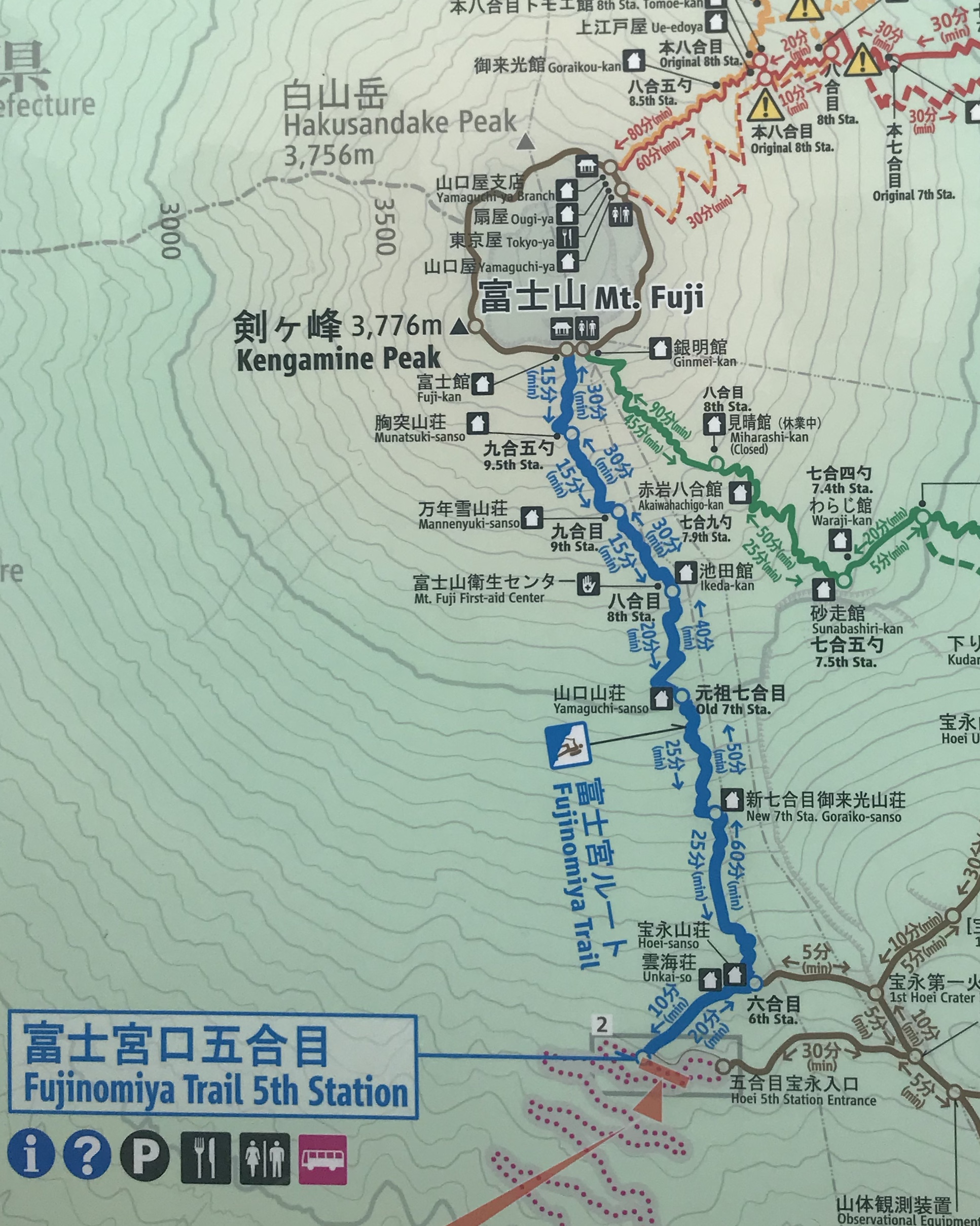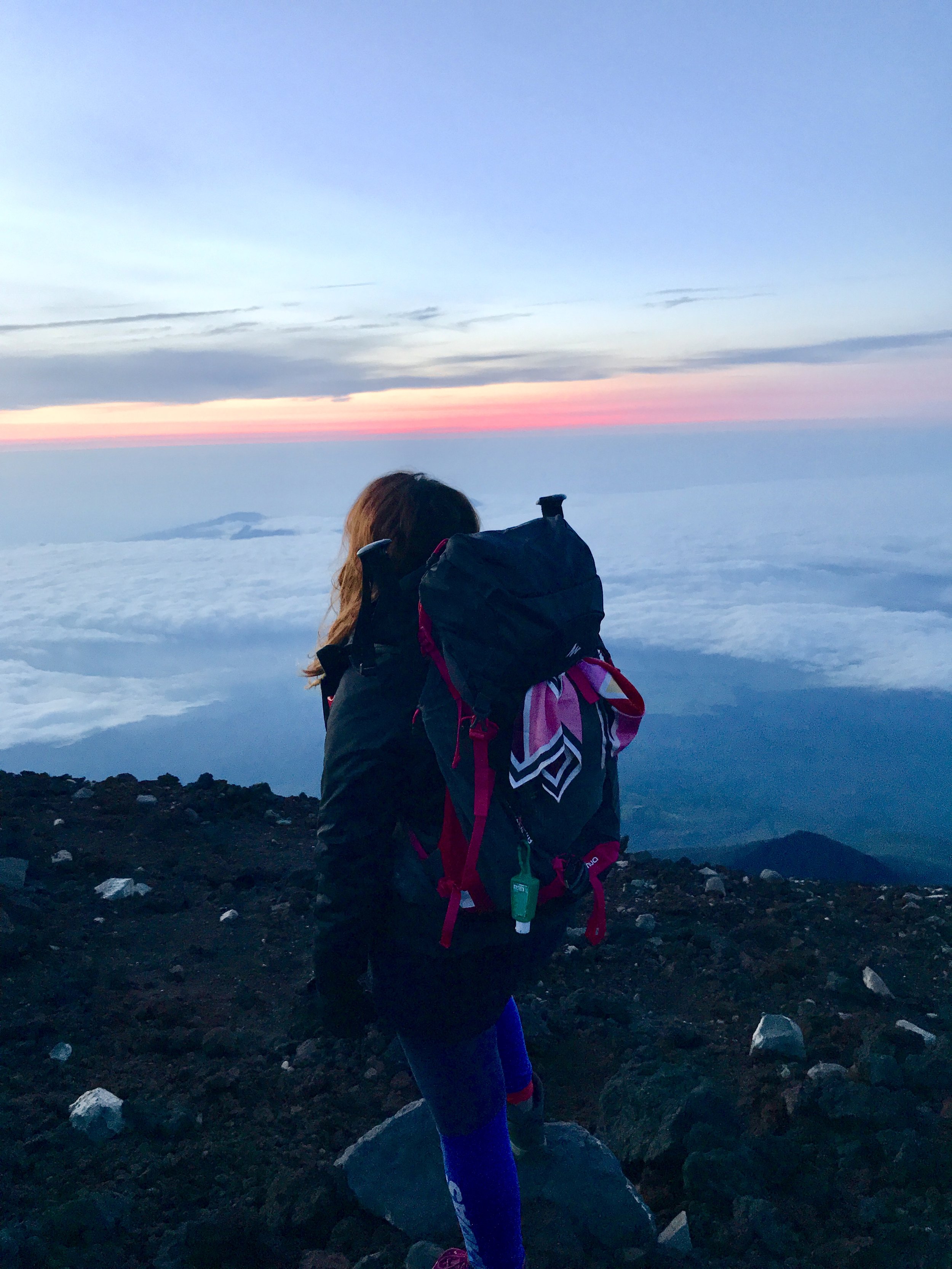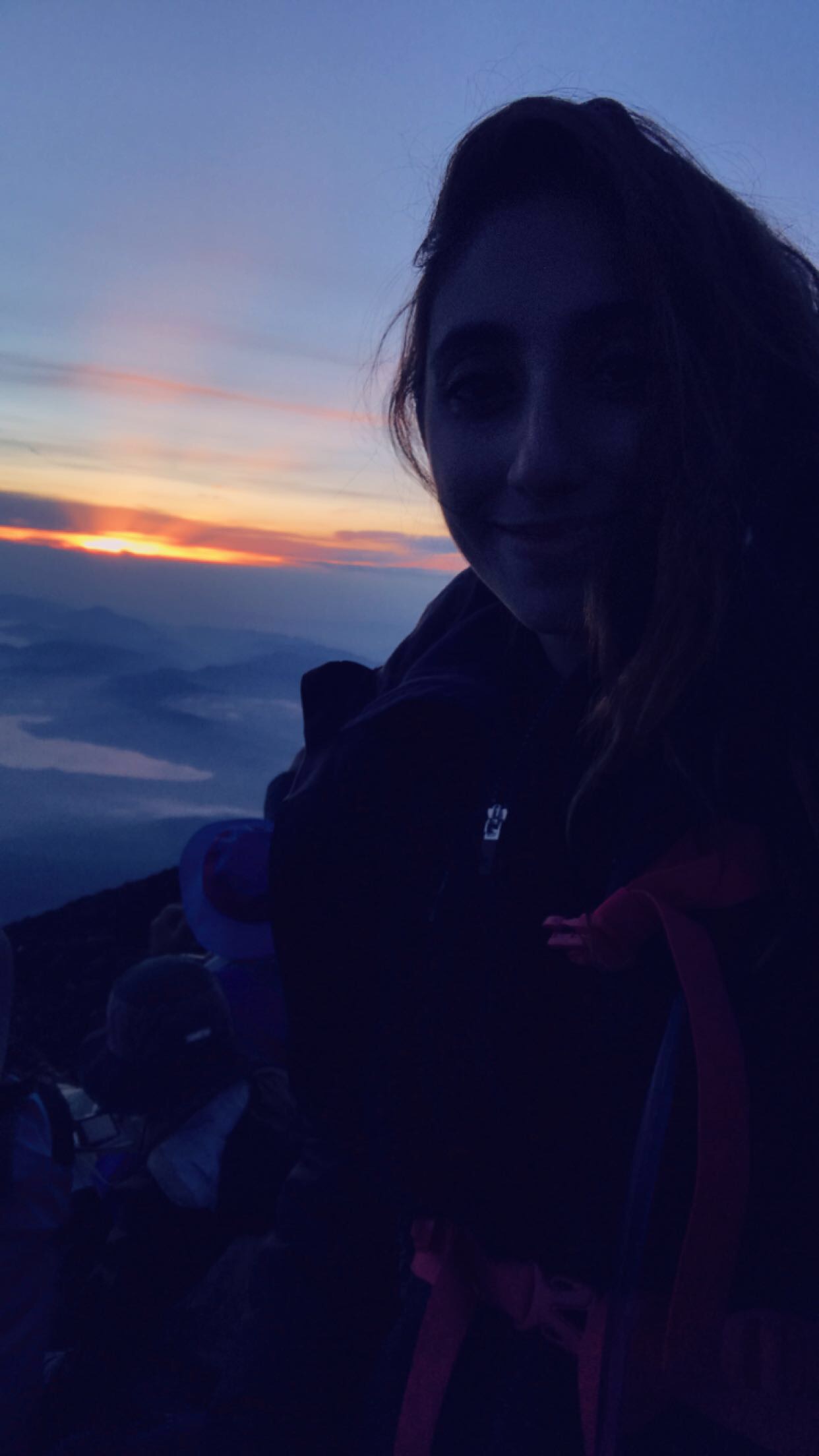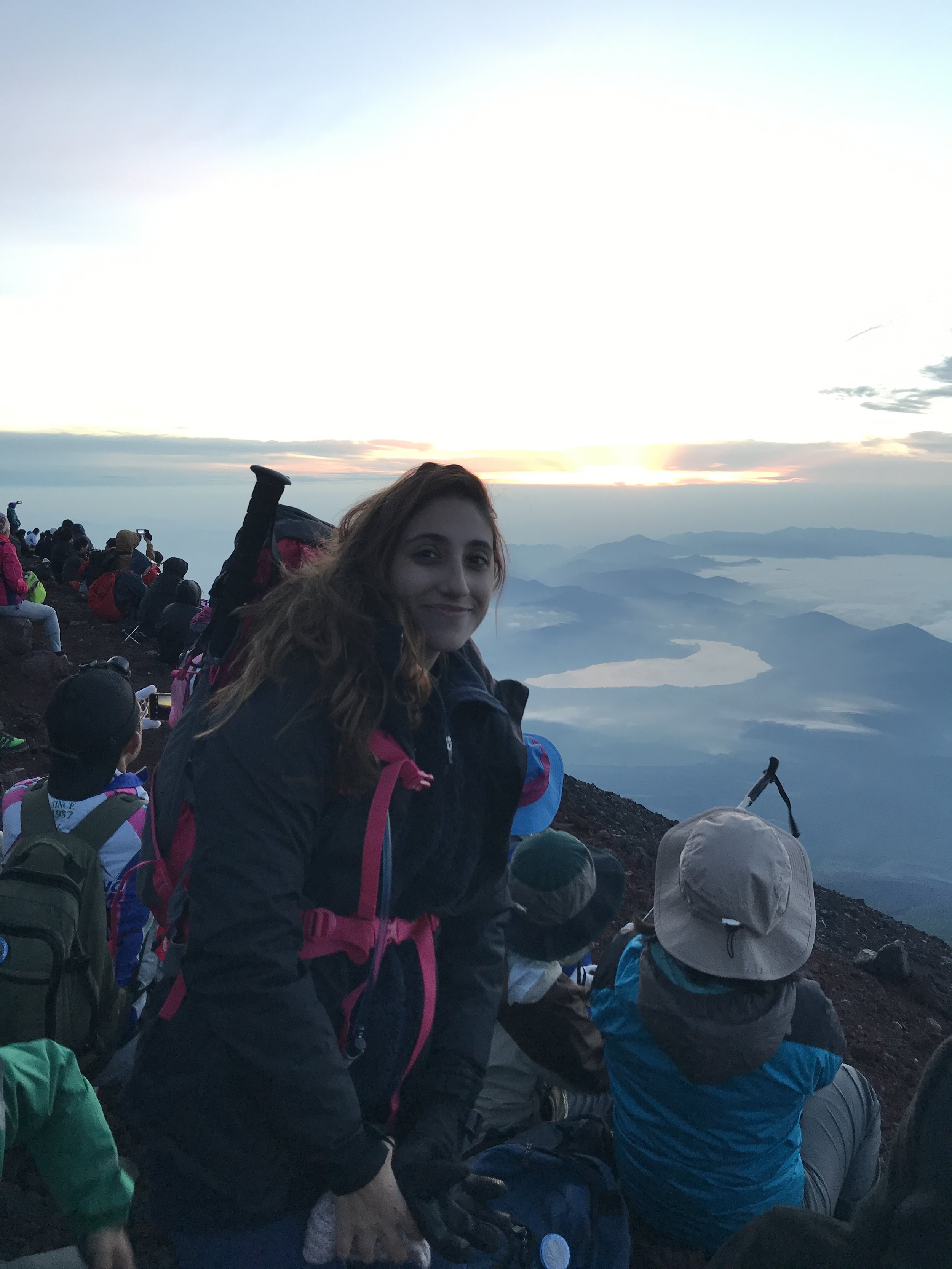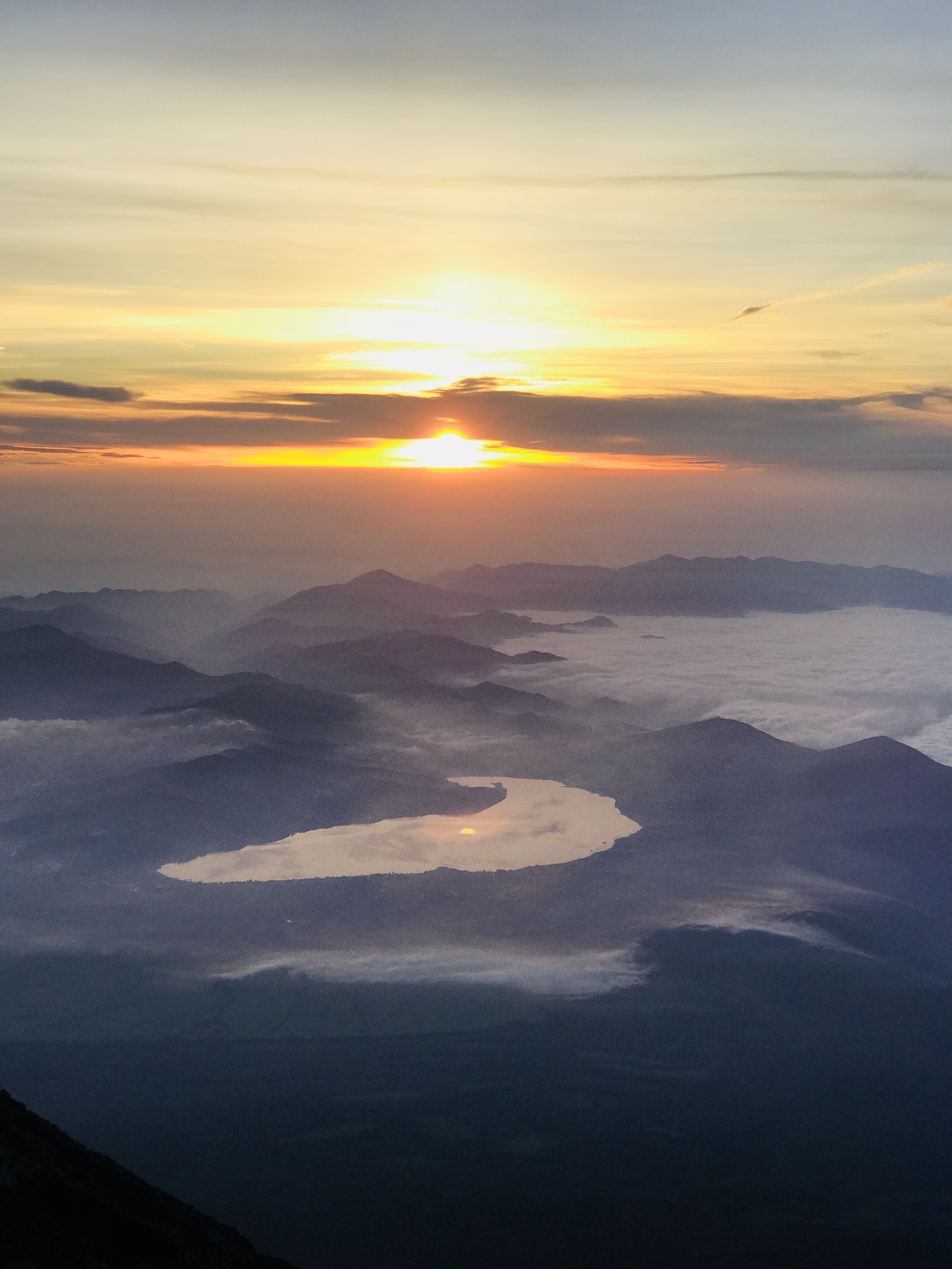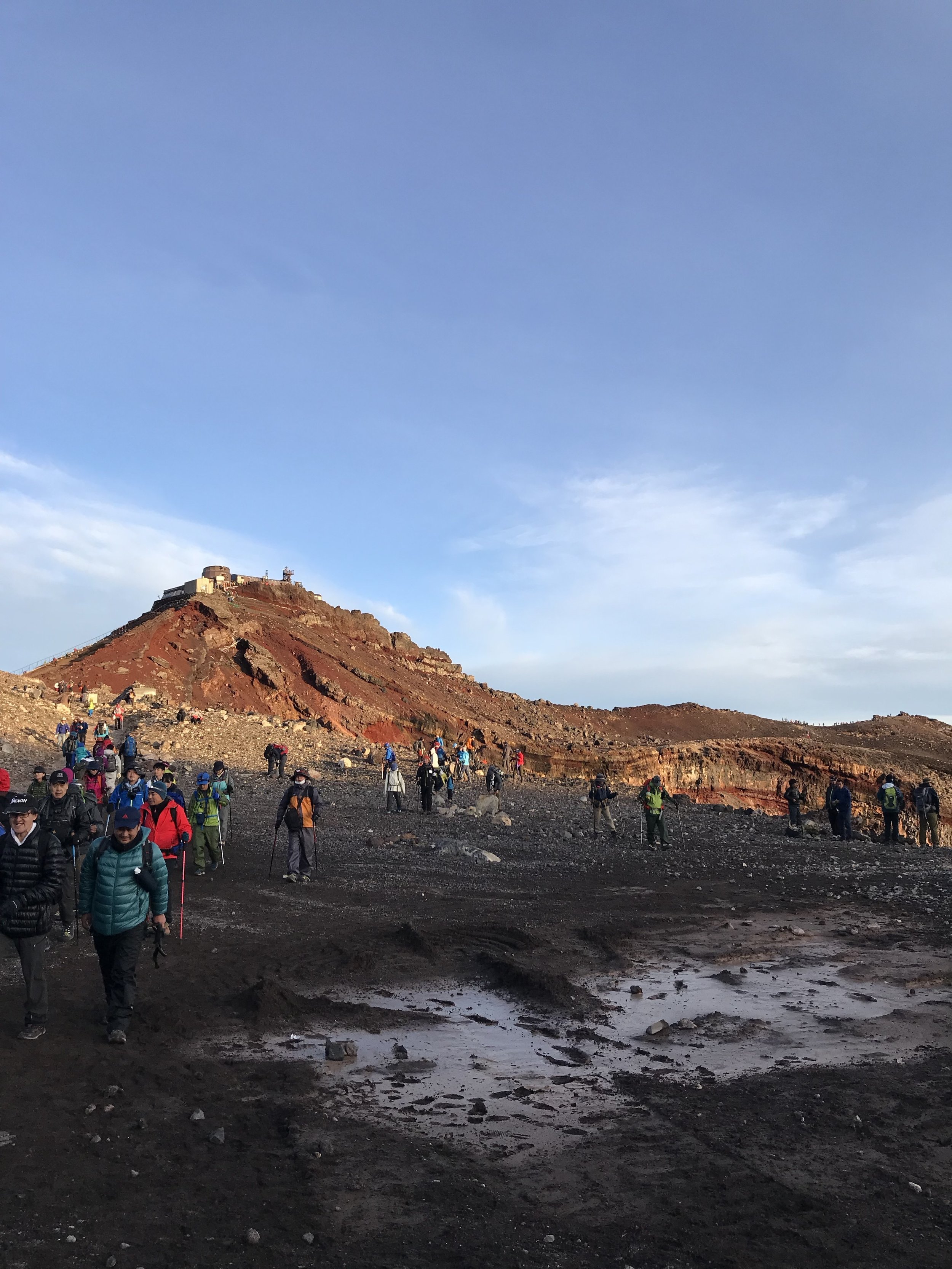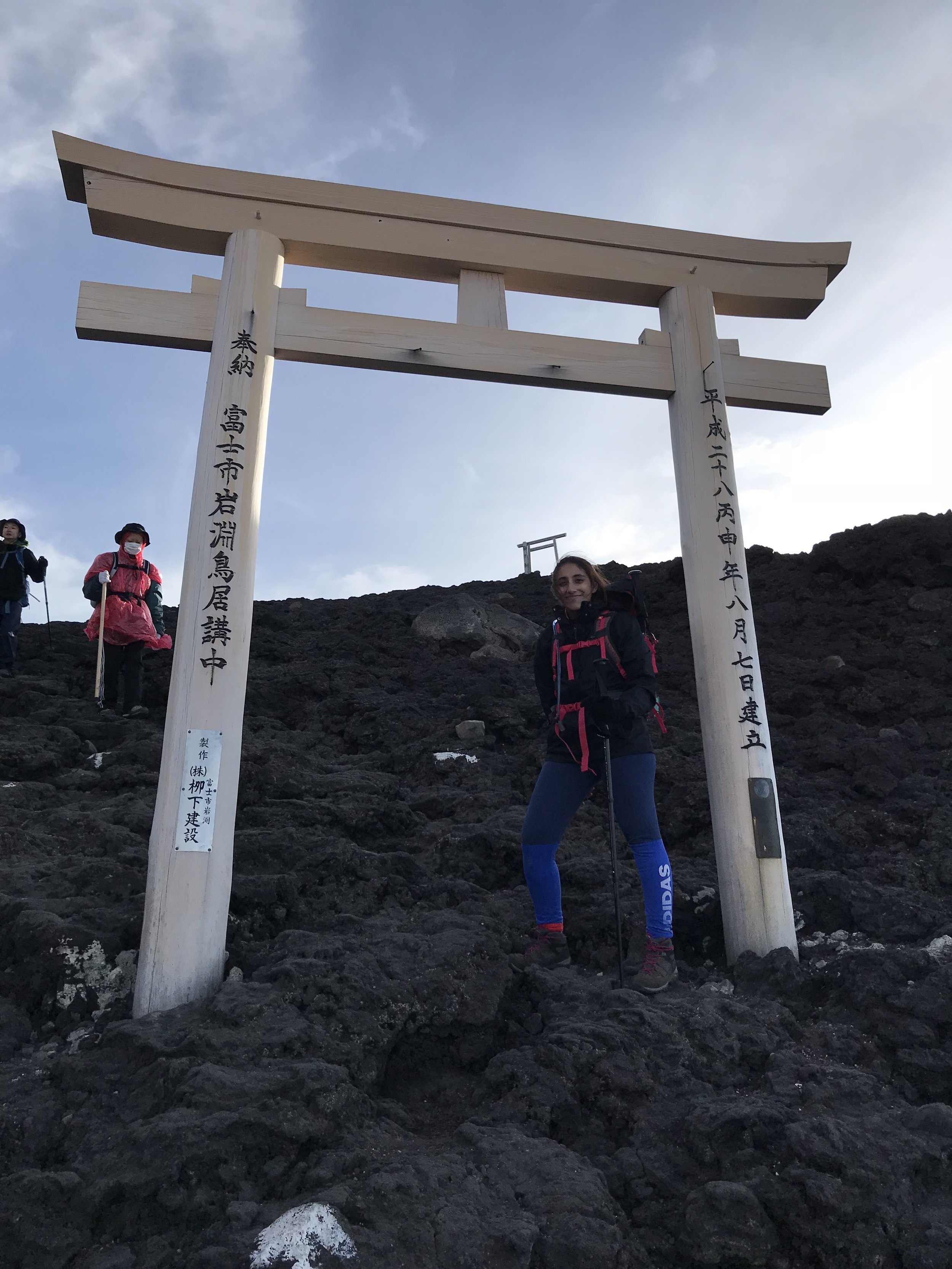Climbing Mount Fuji
Four years ago, when I made a trip to Tokyo with my family I fell in love with Japan almost immediately. It's advanced technology, tasty food, and people who just really wanted to help despite the language barrier. That year, I only saw Tokyo Disneyland and DisneySea and bits of the city. It left me wanting to explore more of the beautiful country.
I came back a year later with a university course mate and a good friend. This time I explored Osaka, Kyoto, Uji and Tokyo. Where nature meets the concrete jungle, where modern technology meets cultural heritage, Japan is a place where you can find it all. Having seen green tea plantations, castles, temples, shrines and the famous Shibuya crossing, I told myself the next time I was in Japan, I have to make a trip to Mount Fuji.
Little did I know that three years later I would jump on an opportunity to not only view the mountain but to climb it! My aunt, uncle and cousins were planning to climb Mount Fuji and they asked if I wanted to join. Hence started the training three weeks prior to the actual climb. We trekked along Bukit Timah nature reserve every Sunday morning. We also climbed the staircase of a 25-storey HDB to build stamina and get used to the altitude change.
It was said that the climb wouldn't be too difficult in comparison to other mountain climbs. Having done Mount Rinjani, this should have been manageable. I bought most of my gear from Decathlon including poles, rainproof jacket and pants, a backpack, and a water bladder. I got my inner warmers from Uniqlo (Heattech Extra Warm).
I landed in Tokyo a day before the climb. From the city, it was a four-hour drive to Station 5 of Mount Fuji that started at 7 am the next morning, with an hour break in between for breakfast. We started our climb at noon, while the sun was at its peak. Fortunately, the skies were clear and the views were beautiful. That also meant the weather was scorching hot and quite unforgiving, so lots of sunblock lotion was applied and I had to keep reminding myself to stay hydrated.
The path was steep and made of mostly lose soil with the occasional rocks and rubble. Every hour or so there was a station to rest and use the toilet (it's not free, small change is required). The view also changed as we got higher and above the clouds. When the sun was about to set, the mountain cast a shadow over the ashes. It was beautiful.
It took us just over 6 hours to reach Station 9 where we would have dinner and rest for a couple of hours before ascending to the peak. The bunker is a scene to remember; filled with people and just enough space on a mattress for one rather slim person so we had to sleep edge to edge. It was stuffy and noisy and a little too bright. It was tough to fall asleep despite the exhaustion but I squeezed in about 100 minutes of sleep.
At 2 am we mounted our head torches and started our climb to the peak. It was dark and cold and took slightly over 3 hours. The sun rises really early at Mount Fuji, around 5 am. And, oh boy is it crowded!
As someone who is obsessed with catching sunrises, watching the sunrise from the peak of Mount Fuji was one of those moments where it seemed that all the effort to climb it had paid off. It was also in the moment that I saw the gigantic crater that it really dawned upon me that I was standing on a volcano, albeit inactive. So damn cool!
The descend back to Station 9 took about 2 hours and that's where we had breakfast - sticky balls of rice for vegetarians. Then it was all the way back down to Station 5, which took just over 4 hours. The climb ended around noon, almost 24 hours after we started. Extremely tired but feeling very accomplished, we headed back to Tokyo.
To anyone who is physically able to do so, I would recommend making a trip to Mount Fuji at least once in your lifetime. The stunning views and sense of achievement are unparalleled. And doing it with loved ones makes the experience all the more memorable.
